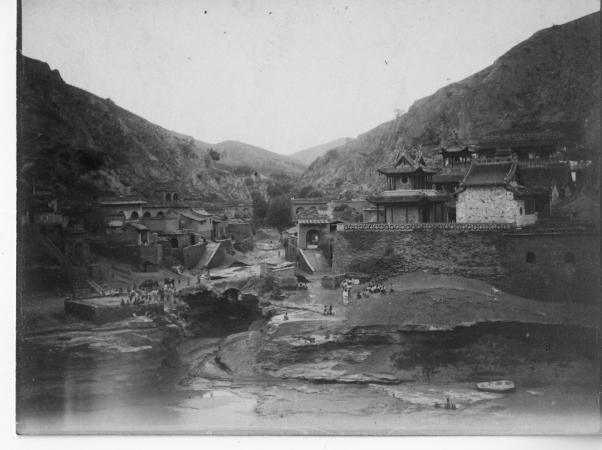Vicarious research is one of the great joys of the reference desk at the Smithsonian Institution Archives. During our pandemic closure, we’ve missed catching those tantalizing glimpses of our patrons’ research inside the fishbowl walls of the reading room.
But research in the Archives collections is by no means on hold. Here are some of the subjects that have recently passed through the reference team’s inbox:
- The 1963 SITES exhibition The Poster in Puerto Rico
- Collaborations between S. Dillon Ripley and ornithologist Sálim Ali
- 1988 interview with tennis legend Althea Gibson
- The history of the Smithsonian’s strategic plans
- Exhibition of Lea DeCamps-Lafugie’s paintings in the National Collection of Fine Arts
- Entomologist Asa Fitch’s writings on colopha ulmicola
- Correspondence on Mexican-Philippine plants in the William Edwin Safford Papers

Subjects of Smithsonian Institition Archives images to be featured in upcoming publications include:
- The Walcotts in the Burgess Shale Fossil Quarry for Riley Black’s book Deep Time
- Peccary bones being prepared for exhibition for the documentary film "William Waldren, The Alchemist's Footprint"
- Villagescapes from Arthur deC. Sowerby’s collecting trips in China for the Yinchuang Museum of Contemporary Art’s upcoming exhibition Xibei: Photography in Northwest China
- The mounted skeleton of Old Henry Clay, a horse, for Hoof Beats magazine
- Scene from the Scopes trial for an upcoming book featuring artifacts from the National Museum of American History
- Tractorcade on the National Mall for a documentary on the ongoing Indian farmers’ protest
Henry Tasker and a Shrew
In April, the reference team heard from the Archives Center, National Museum of American History, with a question about someone named Henry Tasker. In his research, archivist Franklin Robinson happened upon Tasker’s name and gathered some basic facts from his 1947 obituary: Tasker was African American, he was a resident of Washington, D.C., and he had worked as a laborer at the Smithsonian for decades.
A search of Smithsonian Institution Archives’ finding aids found Henry Tasker’s name in Accession 05-123, our motherlode of 19th to 20th-century personnel files. Unfortunately, as we explained to Franklin, our continued telework status meant that those details of Tasker’s employment would stay out of reach for some time.
Next, we turned to the Biodiversity Heritage Library (BHL). With a grand total of one search result, the BHL came through! We found Tasker named as the donor of a shrew specimen on page 100 of the 1909 Annual Report of the Board of Regents.
That meant we could reap the rewards of our Digital Services team’s diligent digitization deeds: we got our virtual hands on the accession record for the shrew. Apparently, in January of 1909, Henry Tasker—address, “Smithsonian Building”—had personally dropped off a northern short-tailed shrew with the Division of Mammals.
So was Henry Tasker a laborer or a mammologist?
Institutional historian Pam Henson reminded us that recorded job classifications can’t always be trusted. Through the middle of the 20th century, every Black employee, irrespective of department and job responsibilities, had the title of laborer.
Still working from home, we don’t yet know what we’ll find in Henry Tasker’s personnel file. But when the opportunity arrives to open up box 19 of Acc. 05-123, we’ll definitely be reading between the lines.
Related Resources
- "Hot Topix in Archival Research, Spring 2021" by Deborah Shapiro, The Bigger Picture, Smithsonian Institution Archives
- "Hot Topix in Archival Research, Winter 2021" by Deborah Shapiro, The Bigger Picture, Smithsonian Institution Archives
- "Hot Topix in Archival Research, Fall 2020" by Deborah Shapiro, The Bigger Picture, Smithsonian Institution Archives
Produced by the Smithsonian Institution Archives. For copyright questions, please see the Terms of Use.

Leave a Comment